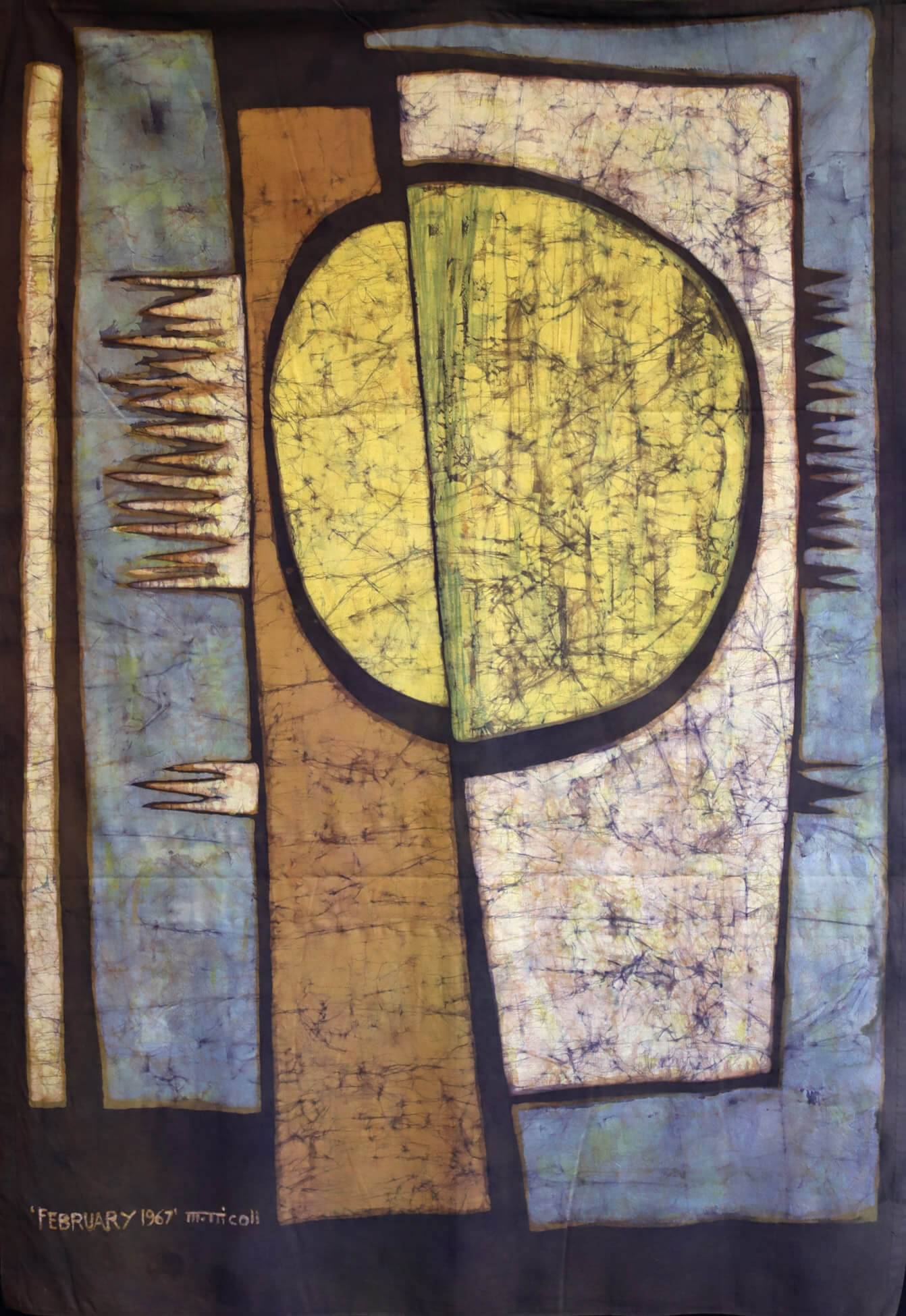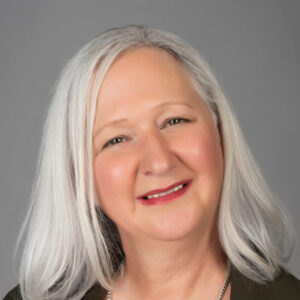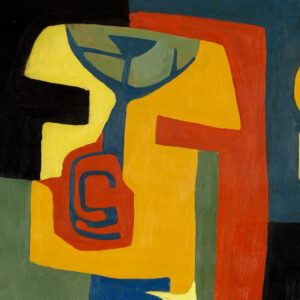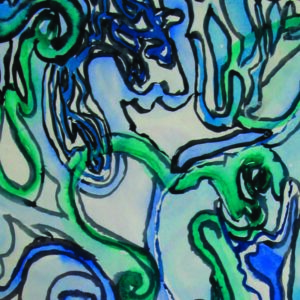February 1967 1967

Marion Nicoll, February 1967, 1967
Aniline dye on fabric, 193 x 134.6 cm
Leighton Art Centre, Alberta
Marion Nicoll’s early batiks were an extension of her work in automatism, but the approach in February 1967 aligned with her hard-edge paintings, such as Thursday’s Model, 1959, and Self Portrait, 1959. Vertical shapes of white, blue, and brown frame a yellow split-disc contoured with black outlines, which also surround the outer rim of the composition. The result is a mirage-like effect animated by fringe-like forms. It is probably Nicoll’s last batik—she remembered being “coaxed” into making it after retiring from teaching the medium in 1966. Who undertook the coaxing remains unknown, but it may well have been Nicoll’s former batik student Barbara Leighton (1909–1986). Marion and Jim Nicoll (1892–1986) and Barbara and Alfred Crocker Leighton (1900–1965) were lifelong friends. February 1967 was acquired by Barbara sometime after 1970 and became part of the Leighton Art Centre collection, near Millarville, Alberta.
Despite having prioritized her painting and printmaking after 1959, Nicoll had always considered her batiks a serious art form, parallel in importance to her work in other media. Rarely, though, were there opportunities to exhibit them alongside her paintings because of the persisting historic segregation of craft from fine art. It was in 1969 in the late-career artist-couple exhibition organized by the Glenbow Foundation, Calgary, that Nicoll first exhibited a batik with her paintings. February 1967 was one of seven works representing Nicoll from her New York period to her most recent, and it was shown as a wall hanging, just like her canvases.
-
Marion Nicoll, Guaycura I: Red Rock, Black Rock, 1966
Oil on canvas, 106 x 137 cm
Private Collection -
Marion Nicoll standing before February 1967, 1967, in 1969
Photographer unknown
Glenbow Museum, Calgary -
Lounge Exhibition, Marion and Jim Nicoll
Marion Nicoll works from left to right: Guaycura I: Red Rock, Black Rock, 1966, and February 1967, 1967
Date unknown, photographer unknown
Glenbow Museum, Calgary
Realized on an impressive scale of 1.93 metres, the physical presence of February 1967 is palpable in two photographs documenting the exhibition—one where Nicoll is standing before it, and another where it is shown adjacent to the painting Guaycura I: Red Rock, Black Rock, 1966. February 1967 was the largest work in the show and clearly held its own amid her hard-edge paintings.
The Marion and Jim Nicoll exhibition included a modest selection of both artists’ works: seven by Marion and twelve by Jim. In contrast to her abstractions, his were mostly landscapes of Alberta, two paintings from their trip to Sicily in 1959, and Interior (Marion on Stairway), 1942. Curator Lorne E. Render, known for his research on art in Western Canada, was perhaps thinking about expanding this canon when organizing this exhibition. However, he initiated a strategy that would be repeated in Calgary twice more in exhibitions featuring the Nicolls in 1971 and 1983. Inevitably, the heterosexual artist-couple exhibition begs comparison to stage one artist as more consequential than the other; traditionally, the husband received the spotlight. In this case, however, Marion’s powerful scaled-up abstractions flipped the gender order to leave Jim in her shadow, despite the number of works by him being greater than hers, and despite him casting her as muse in his portrait.
For Marion, the exhibition once again exposed her gender, this time with the added weight of her marital status. In 1975, an individual retrospective deservingly set her apart from an artist-couple context, but it was not until her 2013 retrospective that her batiks would once again be exhibited alongside her paintings.

 About the Author
About the Author
 More Online Art Books
More Online Art Books
 Acknowledgements
Acknowledgements